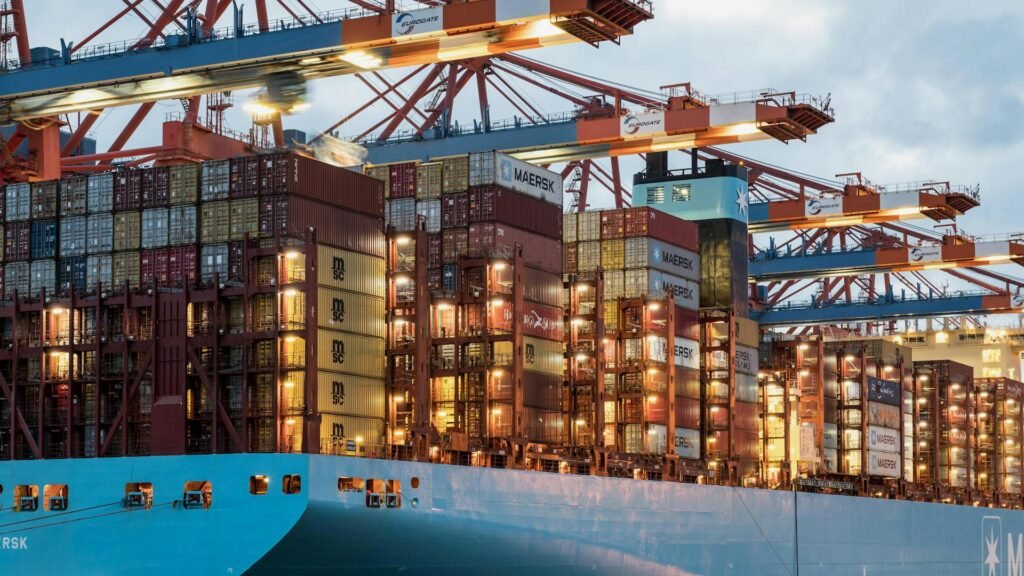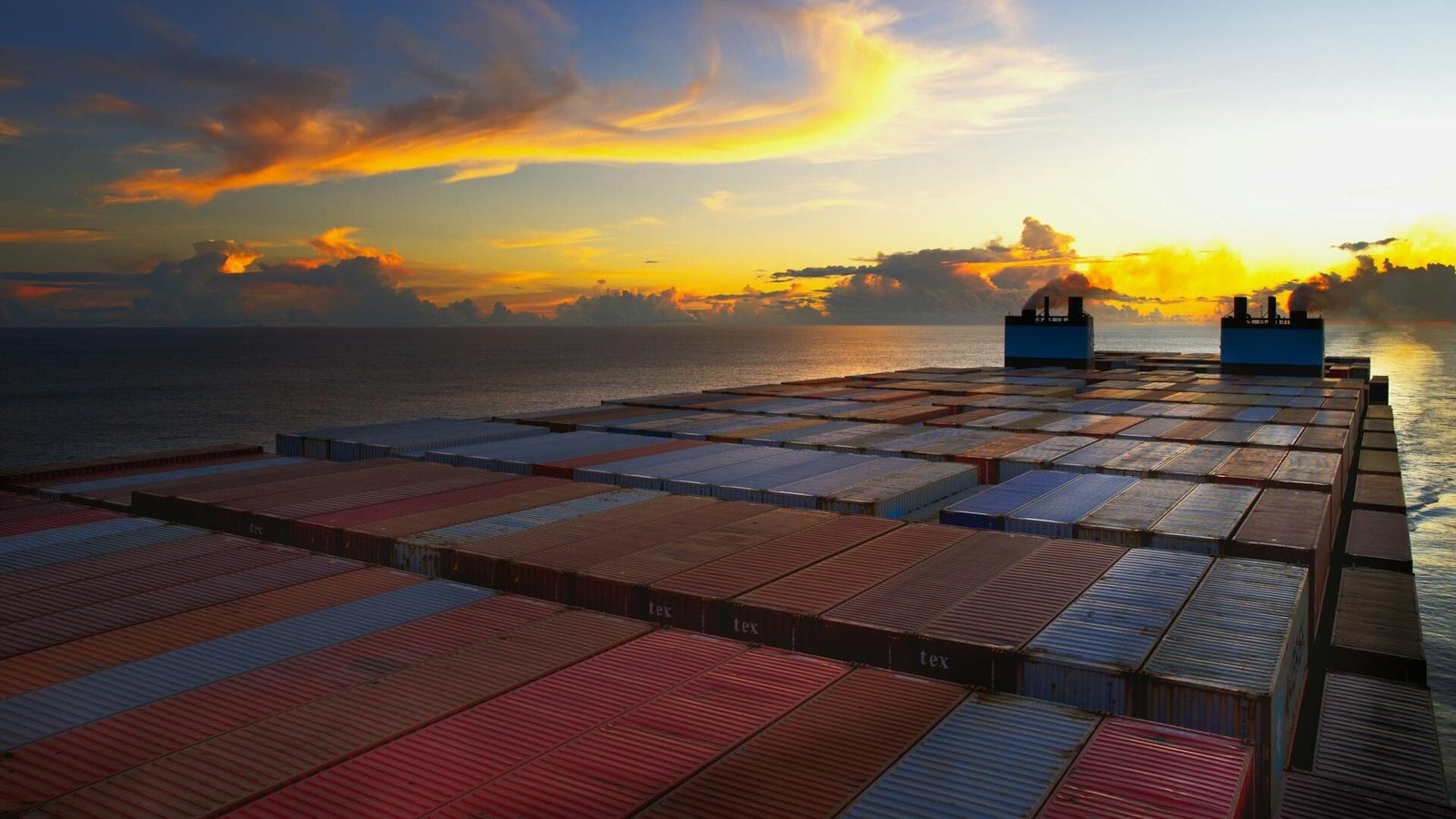
Introduction: How Direct Freight Revolutionizes the Efficiency of Oversized Cargo Shipping
In the field of shipping oversized cargo, the traditional transshipment model has long been a source of headache. According to industry data, the damage rate of oversized cargo under the traditional transshipment model is as high as 12%. During multiple transshipment and handling processes, the cargo faces a significant risk of damage. However, the emergence of direct shipping routes to Australia has provided a solution, reducing the damage rate to less than 3%.
“Direct Freight to Australia” offers unparalleled core value in three key aspects: timeliness, cost – effectiveness, and safety. In terms of timeliness, it significantly shortens the transportation time, enabling goods to reach their destination faster. In terms of cost, it optimizes the transportation route, reducing unnecessary expenses. And in terms of safety, it minimizes the risk of cargo damage during transportation.
Take furniture merchants in Foshan as an example. By choosing the direct shipping route, they have successfully reduced the delivery time to Sydney Port from a relatively long period to only 18 days, while also reducing logistics costs by 23%. This case vividly demonstrates the remarkable benefits that direct shipping to Australia brings to enterprises.
Definition and Advantages: Why Oversized Cargo Must Choose Direct Freight to Australia
Definition of Oversized Cargo Standards
In the shipping industry, oversized cargo has clear size/weight thresholds. When a single piece of cargo is longer than 2.44 meters, weighs more than 60 kilograms, or has a perimeter greater than 330 centimeters, it is defined as oversized cargo. Common typical oversized cargo includes industrial machinery, which is large in size and complex in structure; mahogany furniture, which is precious in material and large in size; and custom – made sculptures, which are unique in shape and often exceed the normal size. It should be noted that the transportation of these goods must match the load – bearing capacity of the direct – sailing ship to ensure transportation safety.
Core Advantages of Direct Sailing
- Improved Timeliness: The direct voyage from Guangzhou to Sydney only takes 15 – 20 days, while the traditional transshipment route takes more than 35 days. Direct sailing significantly shortens the transportation cycle, allowing enterprises to put their goods on the market faster and improve the capital turnover rate.
- Damage Control: Direct sailing reduces the number of times the cargo is loaded and unloaded, effectively reducing the possibility of cargo damage. At the same time, due to the reduction in the number of load – unloading operations, the cost of shock – proof packaging can be reduced by 40%. Enterprises can ensure the safe transportation of goods while saving packaging costs.
- Transparent Costs: The direct sailing model effectively avoids the surcharges at transshipment ports. For example, transshipment through Singapore usually incurs a transshipment fee of $200 per container, which is eliminated in the case of direct sailing, making the transportation costs more transparent and controllable for enterprises.

Full – process Operation: The Standardized Link of Direct Freight to Australia
Operations in China
- Booking Strategy for Direct Sailing: To ensure the smooth direct shipping of oversized cargo to Australia, enterprises should lock in the weekly shipping schedules of direct – sailing vessels provided by companies such as CMA (Compagnie Maritime d’Affrètement) and COSCO (China Ocean Shipping Company), and book the shipping space 21 days in advance. This can ensure the timely departure of the cargo and avoid delays due to tight shipping space.
- Compliant Packaging:
- For oversized cargo, especially those made of solid wood, they must be packaged in steel – strapped wooden boxes and affixed with IPPC (International Plant Protection Convention) fumigation labels. This is a mandatory requirement. If the relevant certificates are missing, the return rate will be 100%.
- Adopt a three – level shock – proof measure. First, wrap the cargo with EPE (Expanded Polyethylene) pearl cotton to provide initial cushioning. Then, use honeycomb cardboard for further protection. Finally, fill it with high – density foam to comprehensively protect the cargo from vibration damage during transportation.
Ocean Shipping and Tracking
- Selection of Direct – Sailing Vessels: Give priority to wide – bodied ships with a capacity of more than 8,000 TEU (Twenty – foot Equivalent Unit), such as the “COSCO SHIPPING Star”. Such ships have larger space and stronger load – bearing capacity, making them more suitable for the transportation of oversized cargo.
- Digital Monitoring: With the help of blockchain bill – of – lading technology, pre – review of customs clearance documents can be realized. Declare the goods 72 hours before arrival at the port to improve the customs clearance efficiency and ensure the rapid clearance of the cargo.
Delivery in Australia
- Customs Coordination: If the DDP (Delivered Duty Paid) mode is selected, the freight forwarder will pay the GST (Goods and Services Tax) on behalf of the enterprise, with a tax rate of 10% of the cargo value. This can avoid customs clearance late fees caused by improper operations of the enterprise and ensure the smooth progress of the customs clearance process.
- Last – mile Delivery: The self – owned fleet of the freight forwarder is responsible for the delivery of oversized cargo, including unloading and assembly services. For remote areas, an additional fee of $1.5 per kilometer will be charged. Ensure that the goods can be safely and accurately delivered to the designated location of the customer and provide comprehensive after – sales service.
Compliance Minefields: Mandatory Requirements for Direct Freight in Australia
Document Compliance
- China – Australia FTA Certificate of Origin: When filling out the China – Australia FTA Certificate of Origin, if the PSR (Product Specific Rules) standard is filled in incorrectly, it will lead to a 5% tariff retrospective. For example, a factory in Foshan suffered a loss of ¥25,000 due to this mistake. Therefore, enterprises must fill in the relevant information accurately to ensure the enjoyment of due tariff preferences.
- Fumigation Certificate: For solid – wood goods, if there is no IPPC label, the entire container of goods will face the risk of return. Enterprises must strictly carry out fumigation treatment on solid – wood goods in accordance with regulations and obtain a valid fumigation certificate.
Packaging Taboos
- Prohibition of Used Wooden Pallets: The egg – carrying rate of used wooden pallets is as high as 87%. Once detected by AQIS (Australian Quarantine and Inspection Service), the goods will face destruction. Therefore, enterprises should avoid using used wooden pallets and choose packaging materials that meet the standards.
- Failure to Declare Over – sized Goods: If the size of a single box exceeds 4m×2.2m×2.4m, a special permit must be applied for in advance. Before packaging and transportation, enterprises must accurately measure the size of the goods and declare them in a timely manner to avoid transportation problems caused by failure to declare oversized goods.

Enterprise Solutions: Maximizing the Benefits of Direct Freight
Supply Chain Collaboration
Enterprises can sign a “shipping space – booking” agreement with freight forwarders providing direct – sailing services. Through long – term and stable cooperation, they can obtain freight discounts. For example, if 10 containers are shipped per month, an 80% discount can be enjoyed. This method not only reduces transportation costs but also ensures the stability of shipping space.
Technological Empowerment
Use 3D scanning technology for pre – declaration to accurately calculate the volumetric weight of the goods. This can effectively avoid additional costs caused by differences in volumetric weight during port weighing. By means of technology, improve the controllability of transportation costs.
Risk Hedging
Purchase “full – link insurance”, which covers risks such as cargo damage and port detention fees. The insurance rate is 0.8%, and the compensation amount is 100%. By purchasing insurance, enterprises transfer the risks during transportation and protect their own interests.
Conclusion: Direct Freight to Australia – The Optimal Solution for Shipping Oversized Cargo Overseas
Direct shipping to Australia has irreplaceable advantages in cost – reduction, risk – control, and efficiency – improvement. It provides an efficient, safe, and economical transportation method for shipping oversized cargo.
Here, we call on enterprises to actively build the trinity ability of “direct sailing + compliance + digitization”. By choosing direct – sailing services, ensure transportation efficiency and cost advantages; strictly abide by compliance requirements to avoid unnecessary losses; and leverage digital technology to enhance the transparency and controllability of the transportation process. In this way, enterprises can seize the opportunities in the Australian market and stand out in the fierce market competition.





